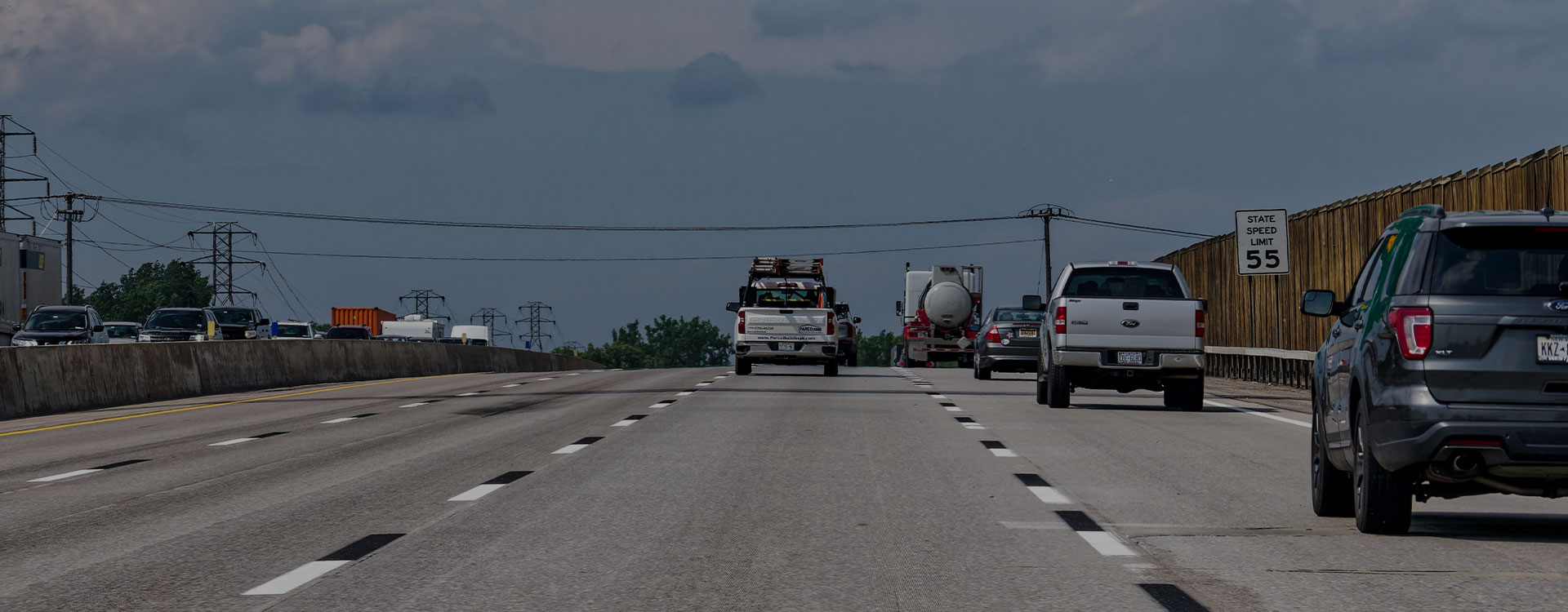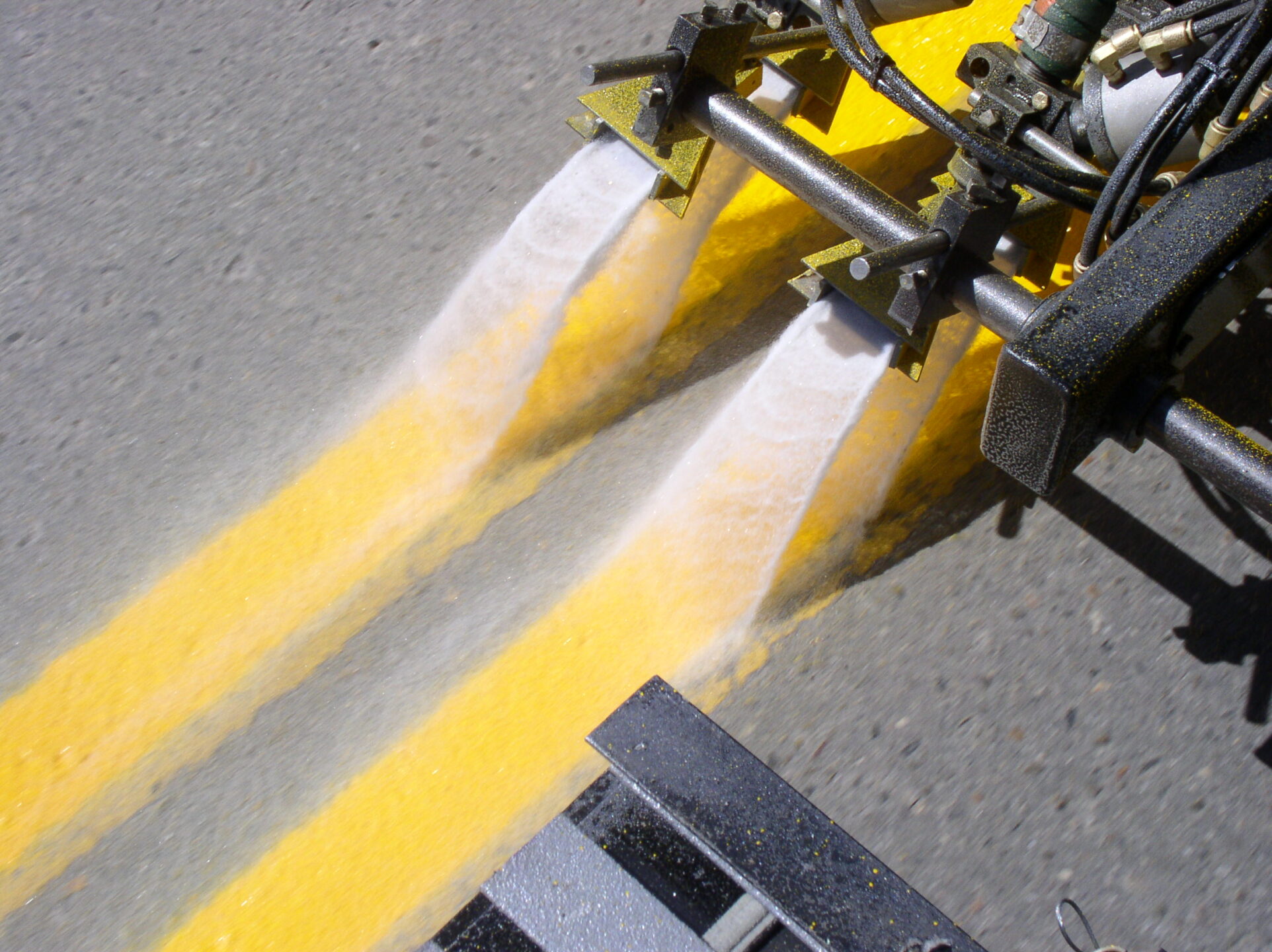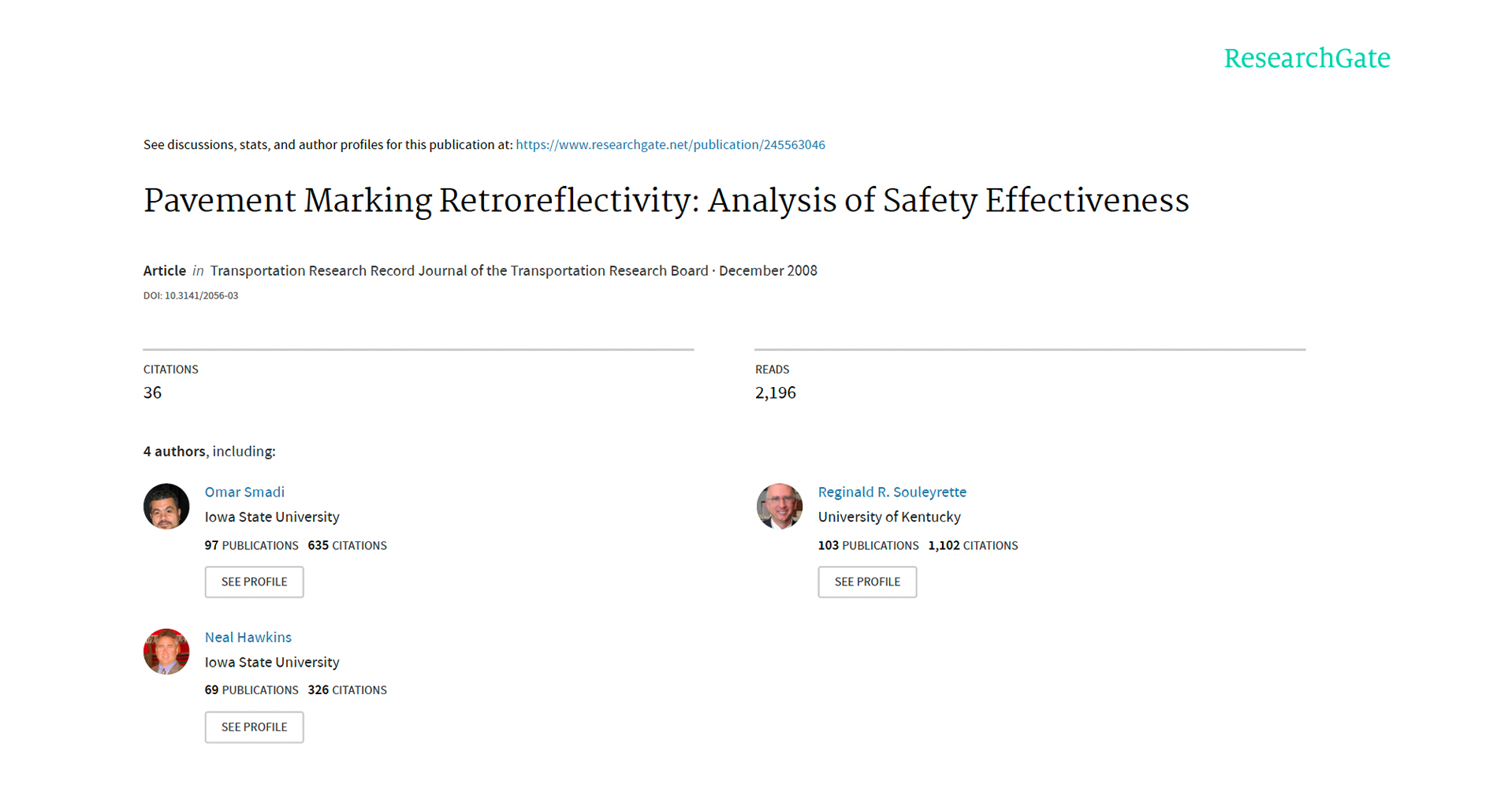11 Nov Nighttime safety and pavement marking retroreflectivity on two-lane highways
[vc_row css_animation="" row_type="row" use_row_as_full_screen_section="no" type="full_width" angled_section="no" text_align="left" background_image_as_pattern="without_pattern"][vc_column][vc_column_text css=""]The relationship between pavement marking retroreflectivity and nighttime safety has been a topic of research for past decade or more but consistent findings have been elusive despite the intuitive nature of having bright markings. This paper builds...







